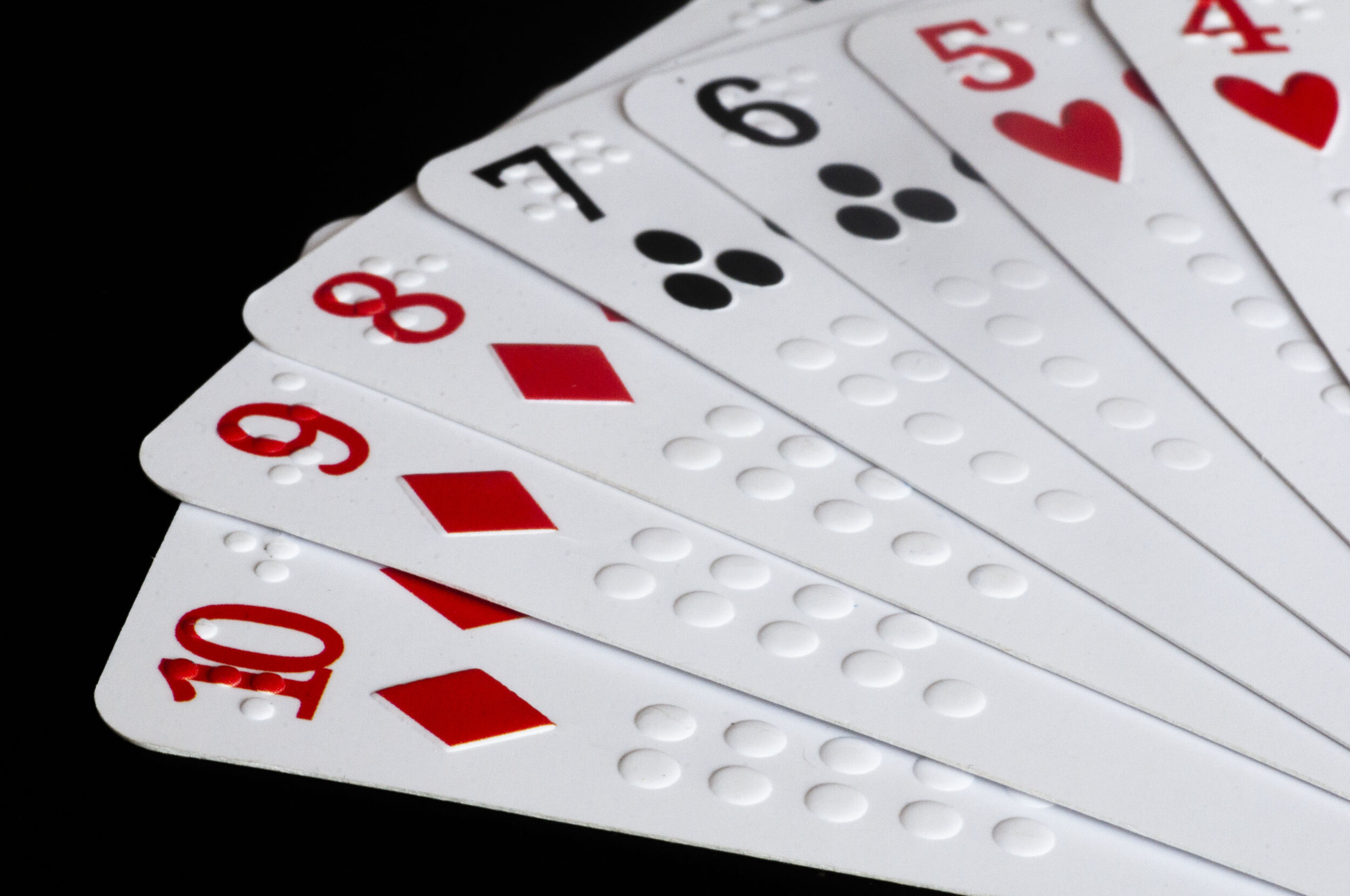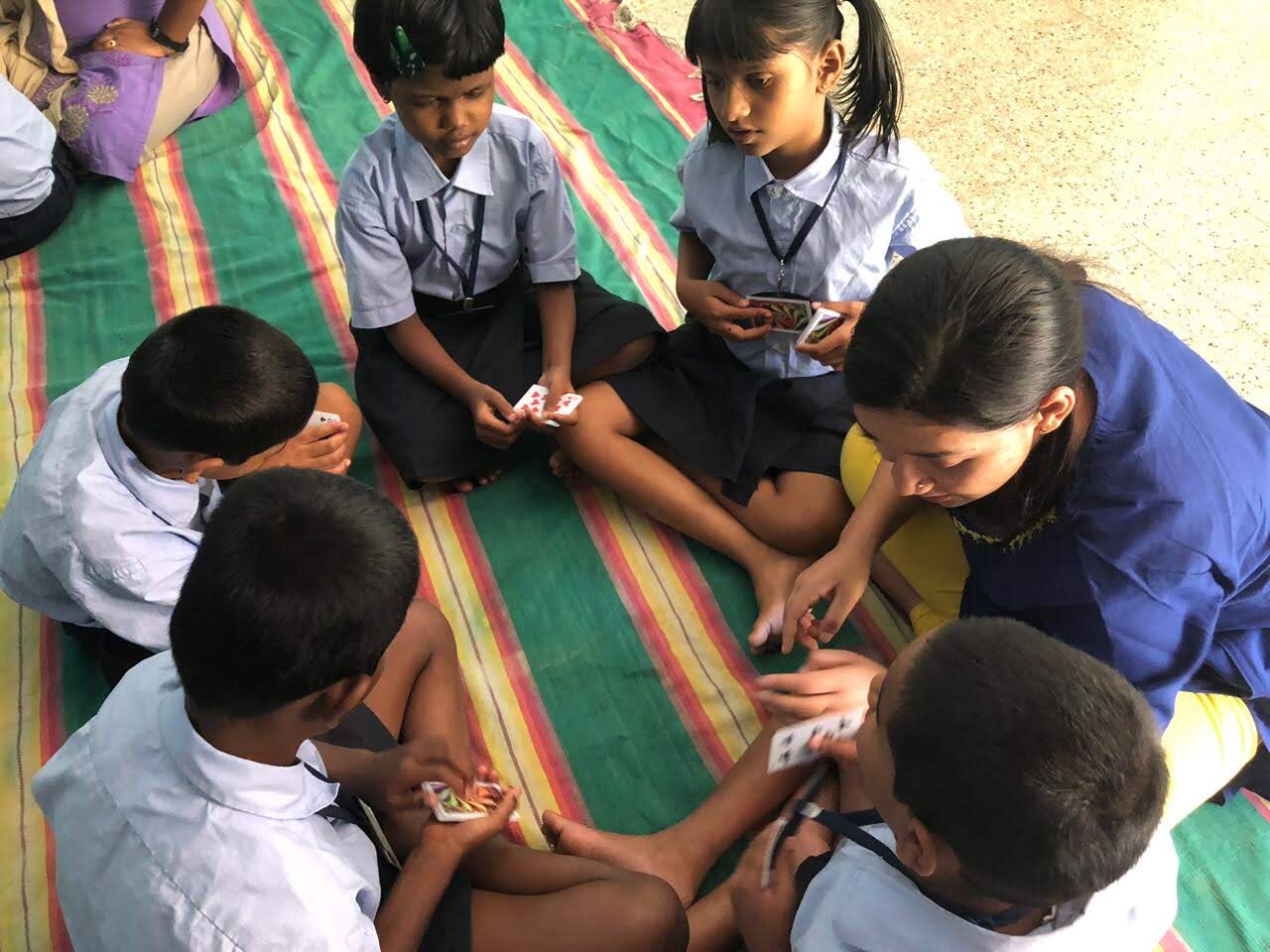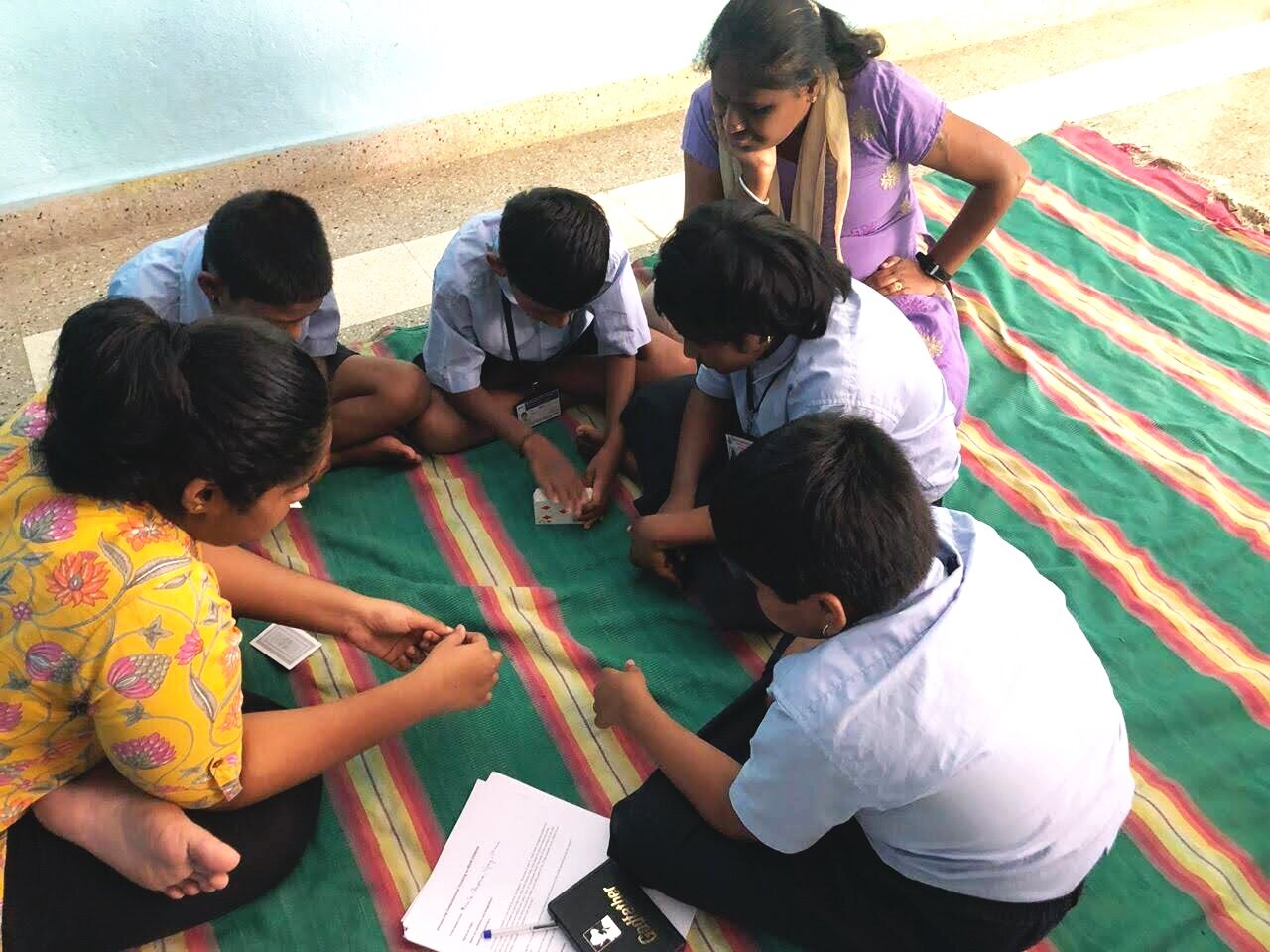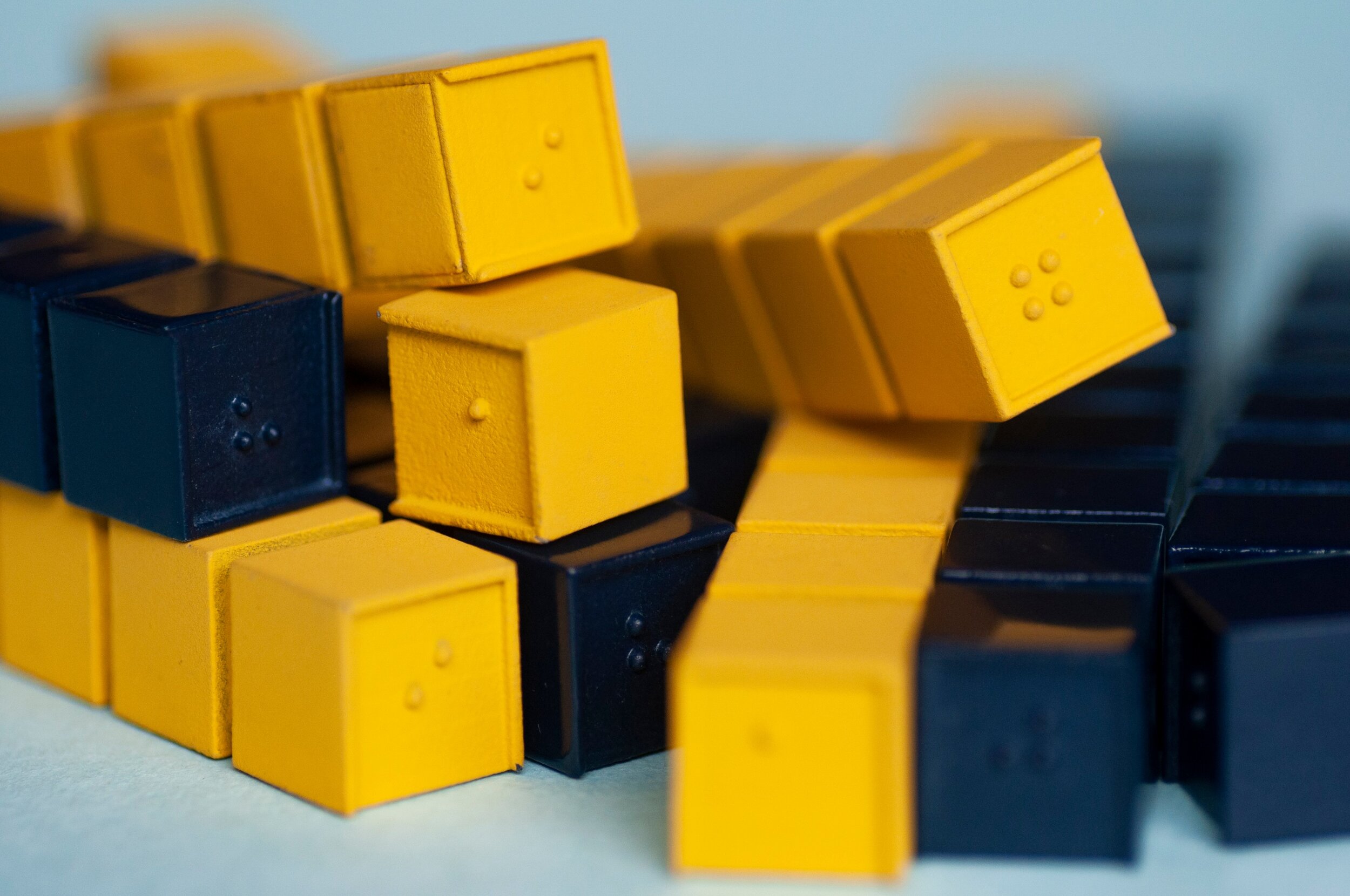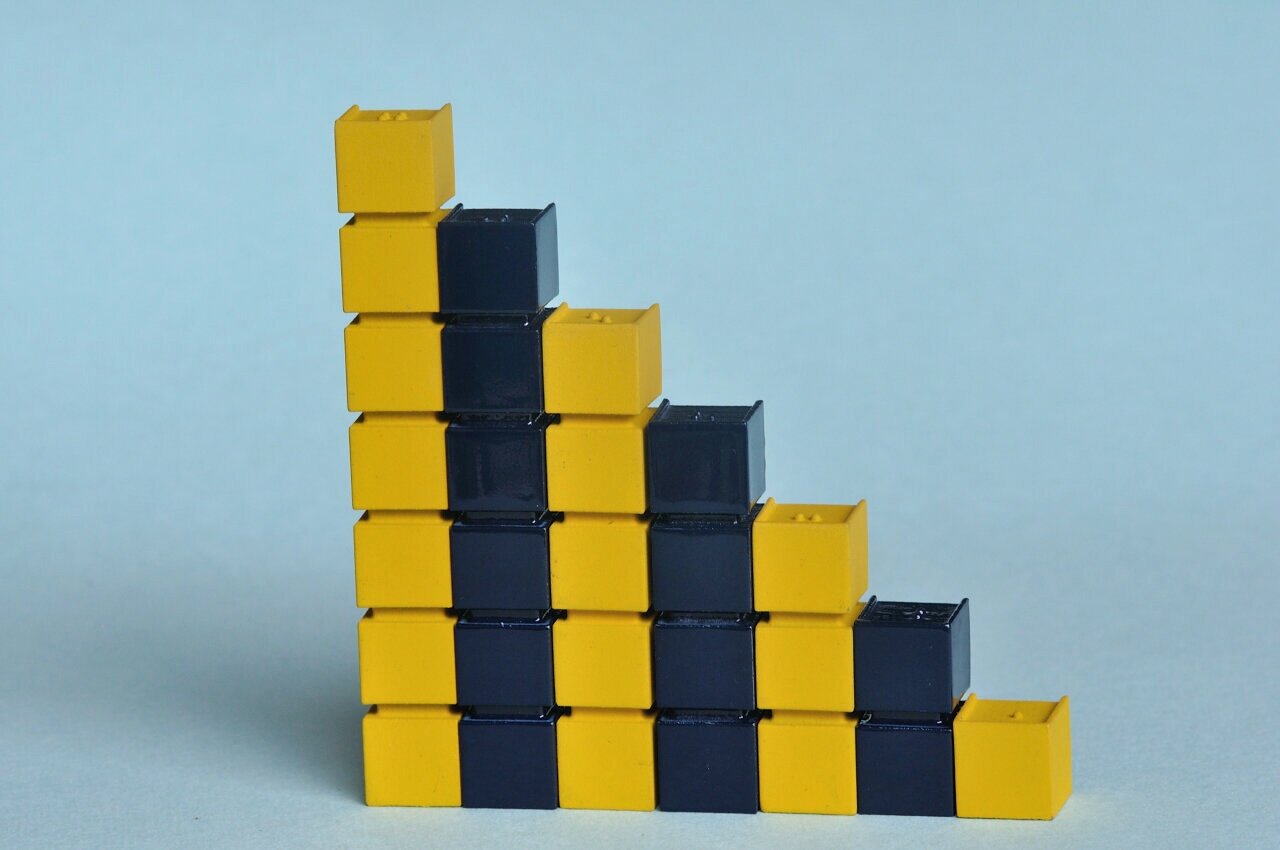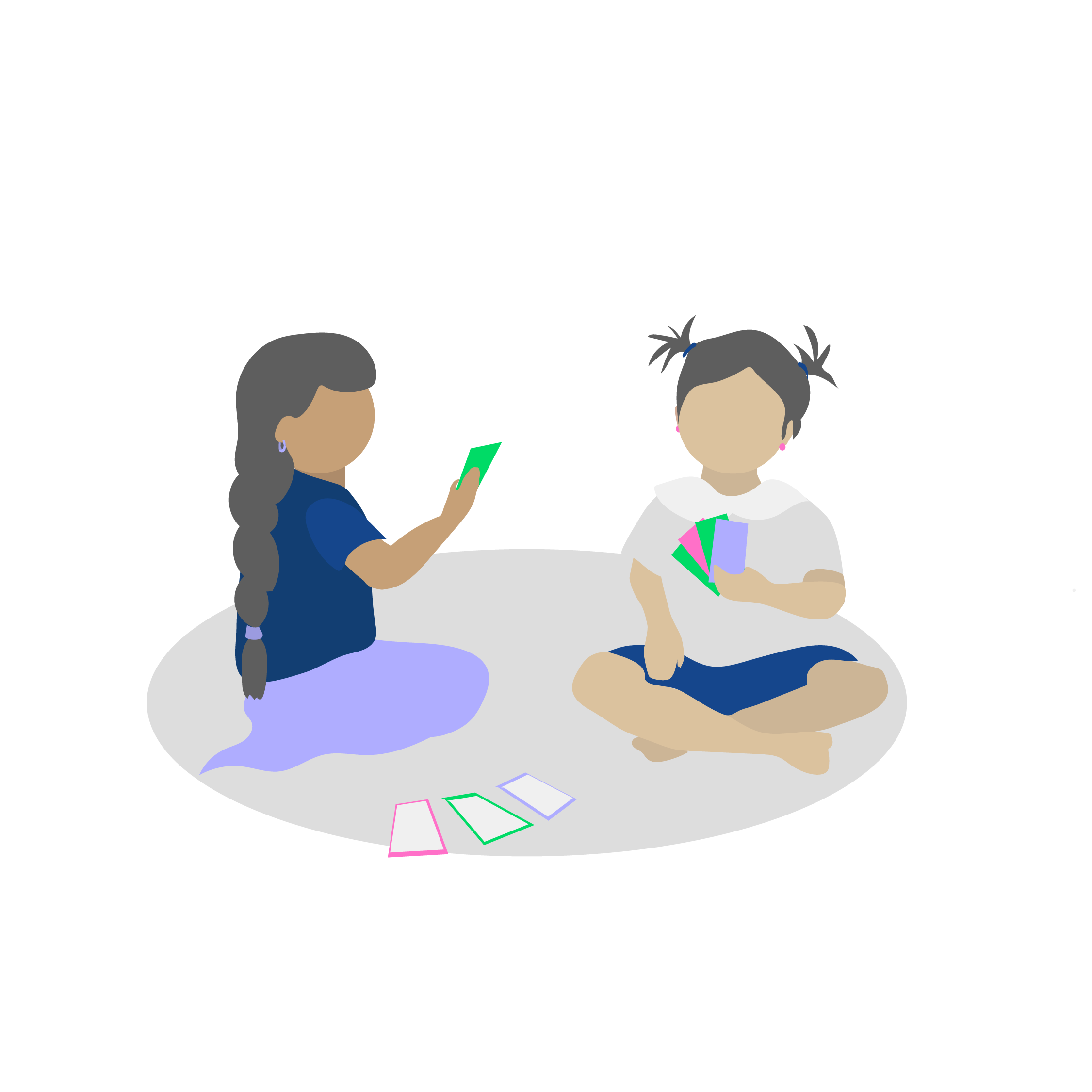Numeracy Skills
Numeracy Skills for Children who are Blind
COLLABORATORS: I3d, MSR India, Vision Empower
Tangible Toys for Numeracy
Children explore the world through their sight, hearing, touch, smell and taste. Any observe can easily conclude that infants try and use as many of these senses in making sense of any new object. Gradually as they grow older the use of some senses for exploration are actively discouraged (starting with taste and smell and then touch, primarily for safety reasons) by the parents and very soon the visual sense dominates followed by hearing. Children learn to look at an object and ask "what is it" and parents can answer with the name of the object and further of the object shared with the child depending on the immediate curiosity or otherwise of the child. So more and more of the world is made sense of using the combination of these two senses. Mirroring this pattern of sighted children, most toys for children emphasize the visual element: color, text, and shape to a large extent and some variance in textures.
For children who are born blind or lose their vision very early, the entire developmental pathway that is anchored around vision is blocked and these children miss out on acquiring important mental models of the world around them. This deficit is amplified since the everyday world is structured around the sighted and hence the stimulii needed for the blind children to explore the world and understand the world using touch and hearing are not widely available. Confounding this further is the fact that most often
the parents of such children are not well informed about the alternates available to children who are blind. Hence most such children, when they start primary school already are at a deep disadvantage compared to their sighted peers.
However, the current pedagogy for such children does not explicitly take into account this deficit and thus starts a syllabus that makes assumptions about what the children already know when they start grade 1, which for the most part turn out to be incorrect.
This is an umbrella project that explores the use of diverse tangible toys, both traditional and modern. LDA for children is philosophically well aligned to the fact that children thrive with play. The challenge for the Ludic Designer is to ensure that with extended and joyful play, the children are indeed acquiring important concepts in computational thinking.
1) Tangible Toys for Numeracy:
